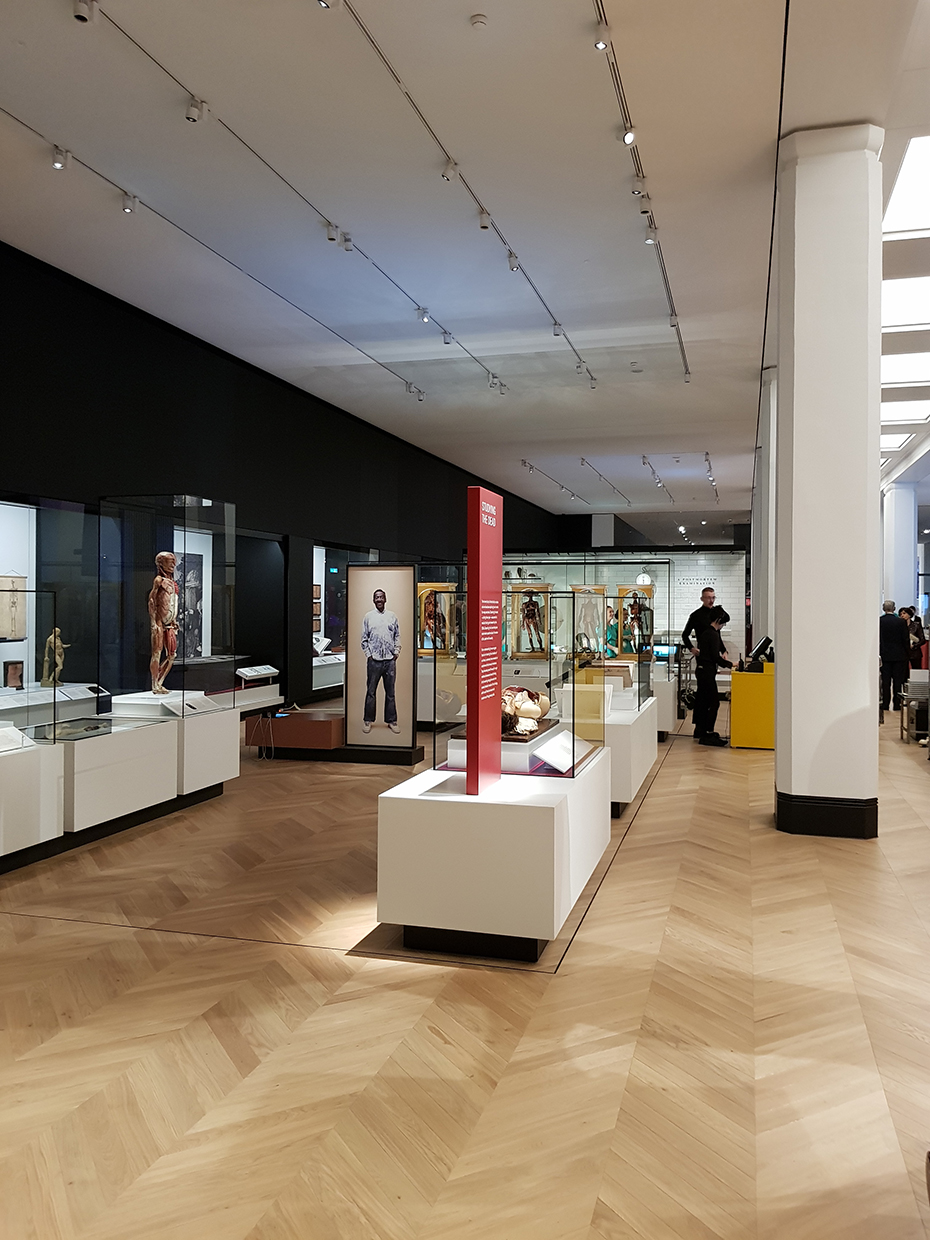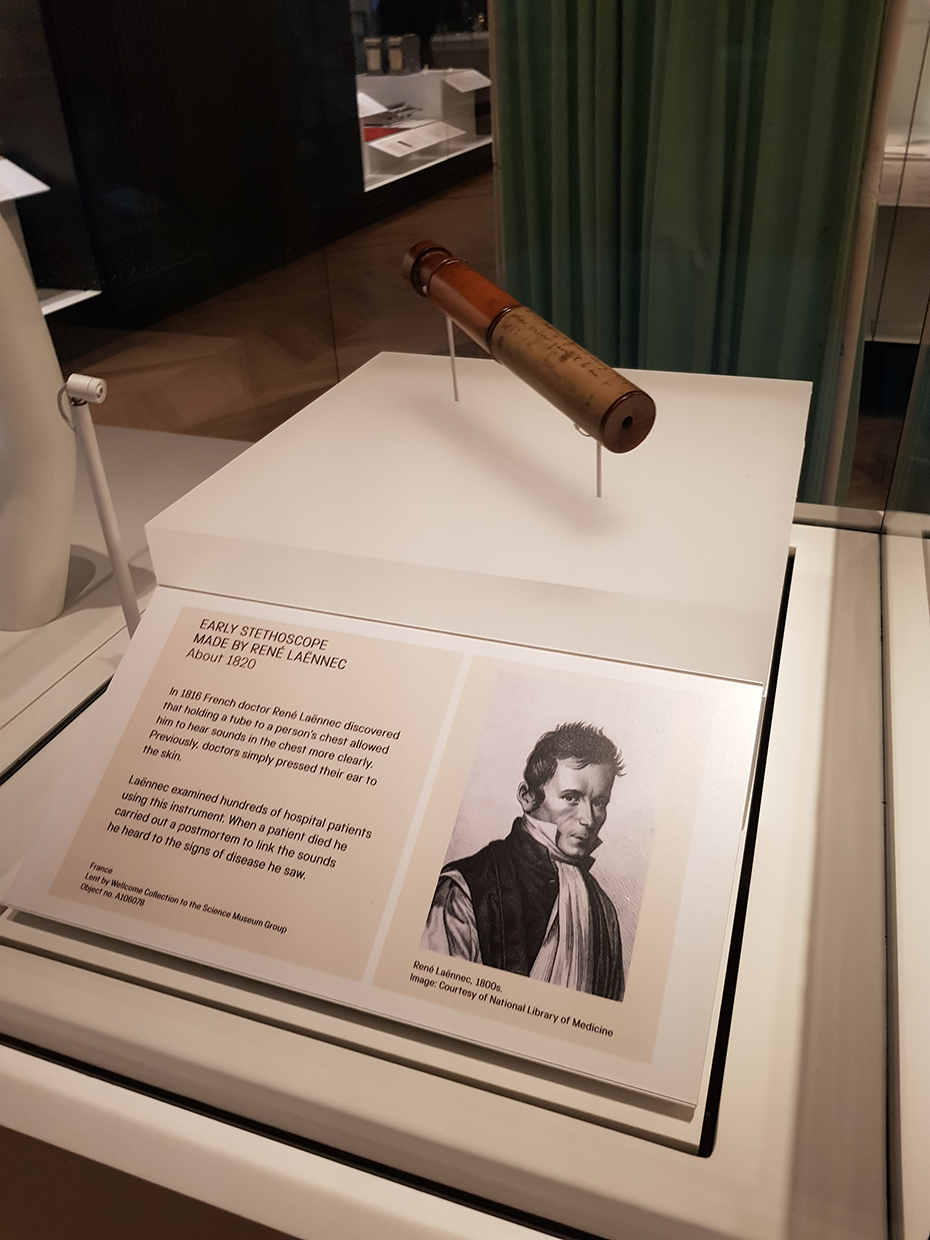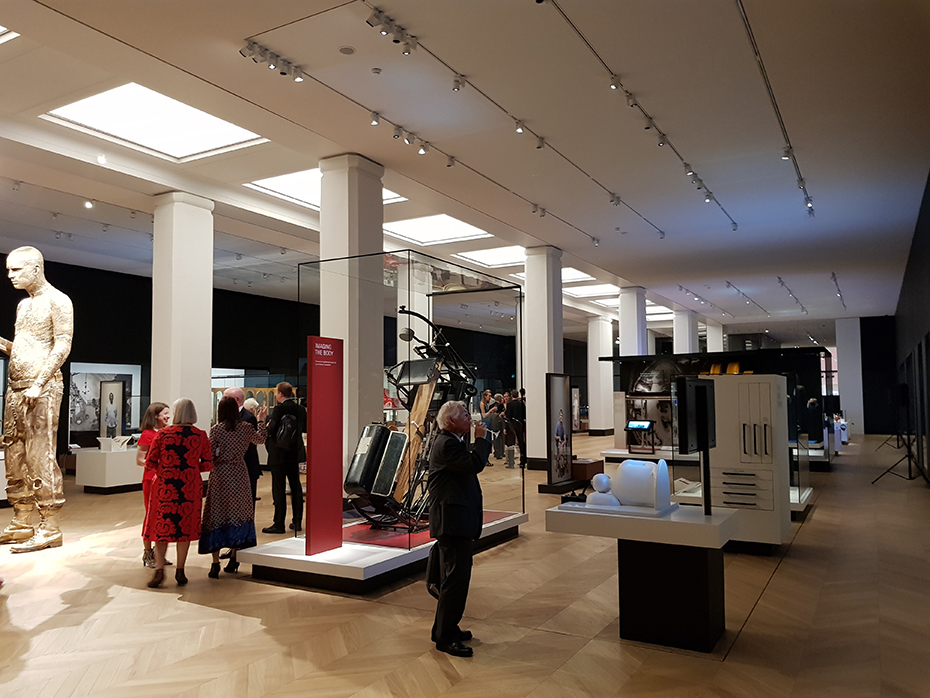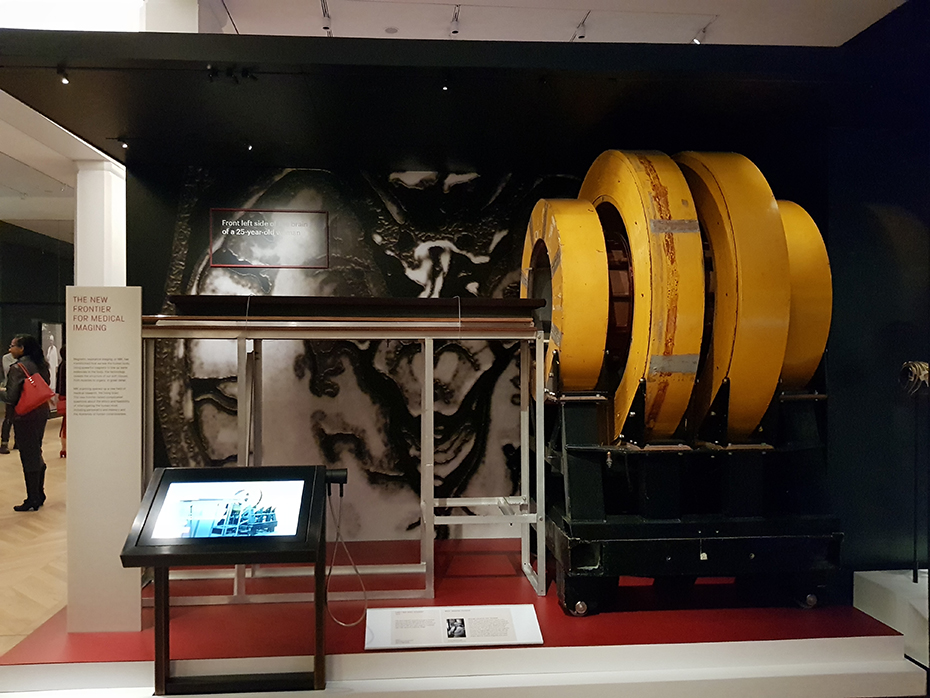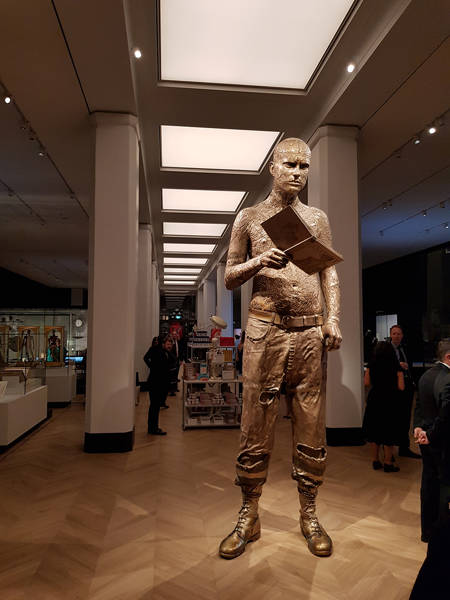
From merman to memento mori: London’s Science Museum inaugurates medicine galleries
Now, in a landmark development, the Museum has also become the place to experience the world’s largest medicine galleries.
On November 16, Medicine: the Wellcome Galleries open to the public at the Science Museum, welcoming visitors to trace how our understanding of the human body has developed over time, informing medical practice.
Among the more than 3,000 medical objects on display will be a number of firsts: the world’s first stethoscope, first MRI scanner, and first protein model. The collection will also pique visitors’ curiosity with curiosities like a Javanese “merman,” a medicine chest used on Scott’s second Antarctic expedition, and a trove of memento mori, symbolic objects reminding the owner of the inevitability of death.
The new galleries are designed to invite active engagement from all visitors. Four artistic commissions, including a kinetic sculpture designed to represent the spread of infectious disease through a population, offer new doors to understanding. Games, interactive activities, and specialized programming will engage kids. A program for people living with dementia and their caregivers will be offered in 2020, as will British Sign Language interpreted tours, and an audio-description app for self-guided visits will launch next month.
The Stavros Niarchos Foundation (SNF) supported the Science Museum in reaching this milestone. SNF also supported the Science Museum in creating its Wonderlab, which opened in 2016. The Science Museum, which was founded in 1857, shares roots with London’s Victoria and Albert Museum.
